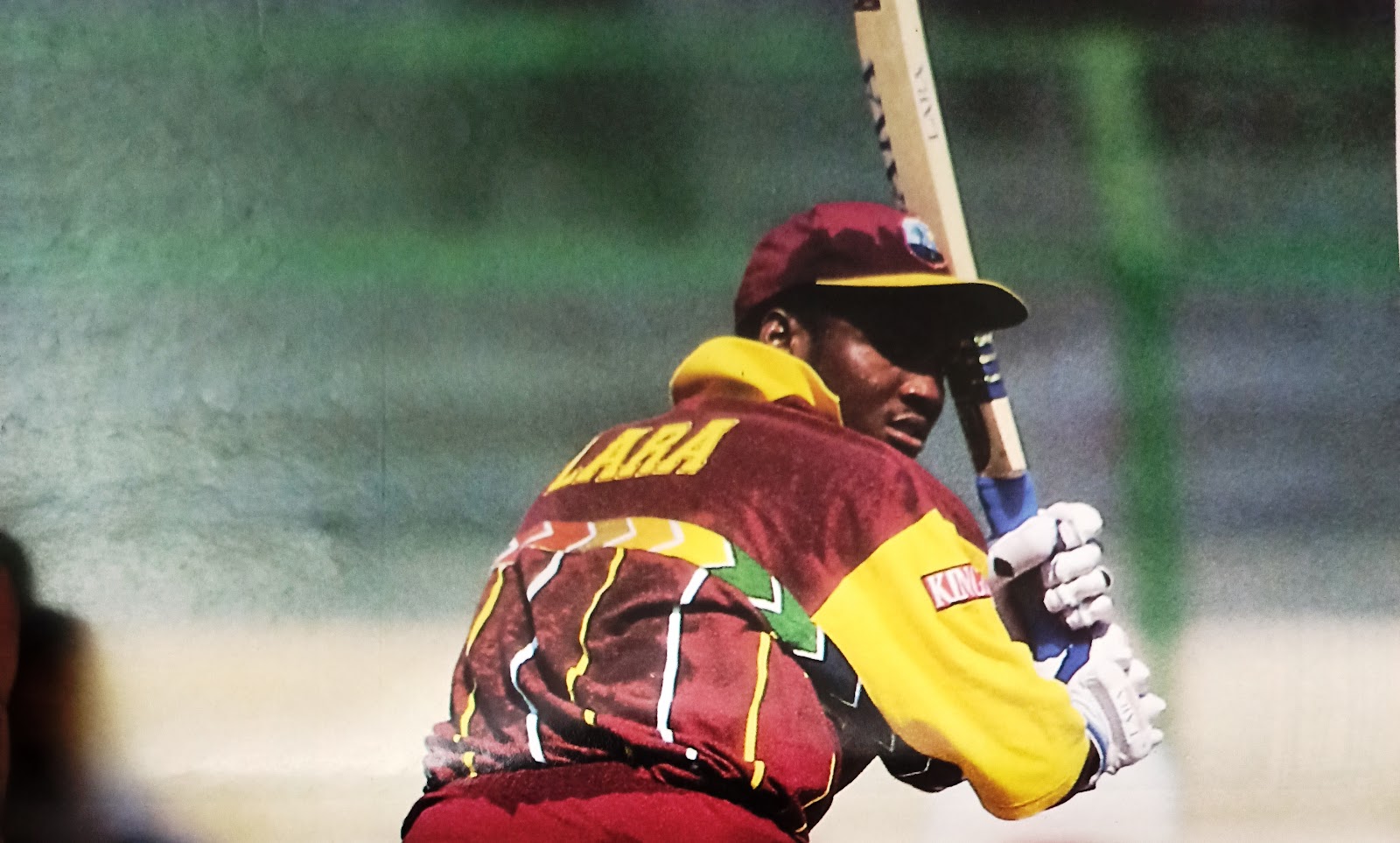Sarfraz Nawaz is born on 1 December 1948 in Lahore. He is a former Pakistani Test cricketer and politician, who were instrumental in Pakistan's first Test series victories over India and England. He is known as one of the earliest exponents of reverse swing.
Being 6’6'’ tall, Sarfraz was described "as strong as a cart-horse" and his powerful upper body and good action allowed him to bowl at a fast-medium pace. He could seam the ball in either direction and despite the convention, he repeatedly bounced other fast bowlers such as Jeff Thomson and Joel Garner.
The big, burly Punjabi bowler,
Sarfraz formed a potent partnership with Imran Khan and was one of the
pioneers of reverse swing. His most prolific spell came in the Melbourne Test
of 1978-79, but he kept going admirably on some heartless Test pitches in
Pakistan.
He had all the ingredients of a potent fast bowler - a strong action,
bouncers, Yorkers, and swings (both conventional and reverse). He was so
effective that he generated good lift on docile sub-continental tracks too. He
is more remembered for his 'spell from hell' - 9-86 against Australia at MCG in
1979.
He also served Northamptonshire
with distinction in two stints. As a lower-order batsman, he often swung his
bat and got quick runs and he averaged over 40 in a series on three occasions.
He attracted a few controversies
as well. Sarfraz controversially dismissed Aussie batsman, Andrew Hilditch for
handling the ball in the next test at Perth after his 'spell from hell'. His
withdrawal from a home series against England also created quite a fit of anger.
Sarfaraz Nawaz proved himself a
fast-medium bowler of class, a tough customer at most times who possessed absolute
accuracy while bowling. His ability to hit the ball while batting lower down
the order made him a useful mini-all-rounder and he was the third Pakistani to
take 100 Test wickets and score 1000 Test runs. He possessed a good action and
the ability to seam the bowl with equal effectiveness both ways.
On March 15, 1979, at Melbourne,
he bowled a memorable spell to take nine wickets in an innings. He dismissed
seven batsmen while conceding just one run from 33 balls. He was a highly
controversial player due to his unconventional behavior and mood swings and
bowled a succession of bouncers at other fast bowlers such as Jeff Thompson and
Joel Garner. Once, protesting about his pay, he flew to England during a Test
series between the two teams in Pakistan.
Following his retirement, SarfrazNawaz plunged into the complex world of Pakistan politics. He became an
outspoken MP and cricket commentator. The flat wickets found in
Pakistan were not ideal for a bowler of his pace, but could sometimes surprise
batsmen with his ability to make to ball seam, swing, or bounce awkwardly. More
importantly, Sikander Bakht Sarfraz developed reverse swing.
Commentators
did not realize this was a reverse swing at the time, though they realized that
he had an uncanny ability to move the old ball in the air. He passed on his
knowledge to Imran Khan, Wasim Akram, and Waqar Younis, who made this new type
of bowling famous in the late 1980s and 1990s. As a batsman, he was a good
lower-order striker of the ball, particularly when driving, and averaged over 40
in a series on three occasions.
Between 1969 till 1984, he played 55 Tests and 45
One Day Internationals for Pakistan and captured 177 Test wickets at an average of 32.75.



.jpg)





